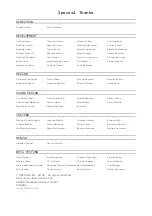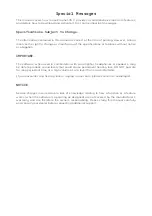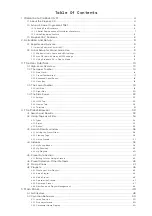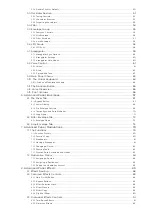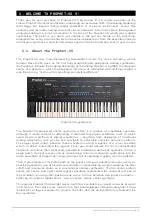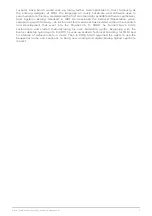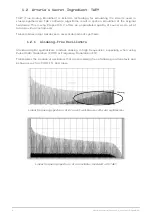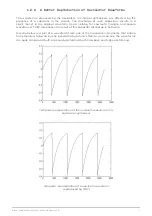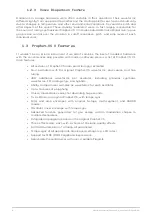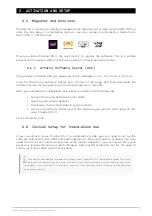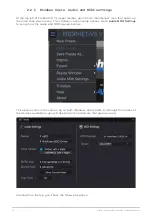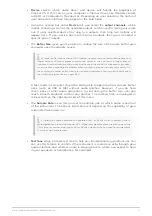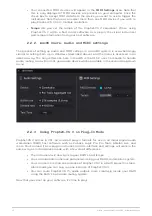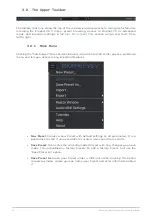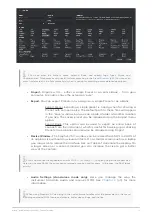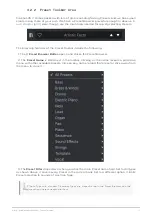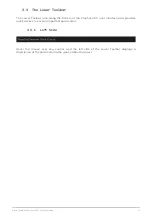
1. WELCOME TO PROPHET-VS V!
Thank you for your purchase of Prophet-VS V by Arturia. It is a loving recreation of the
classic Prophet-VS vector synthesizer, employing our exclusive TAE® (True Analog Modeling)
technology. Far beyond taking digital snapshots of a classic instrument’s sound, TAE
analyzes and recreates analog circuits of classic hardware instruments. Now, talking about
analog modeling is a bit of a misnomer in the case of the Prophet-VS, which was a digital
synthesizer. The point is, we didn’t just sample it. We got our hands on the real thing,
analyzed how every circuit behaved, and reverse-engineered it from the assembly code up
so that you could have a hard-to-find classic synth as close at hand as a click of your mouse.
1.1. About the Prophet-VS
The Prophet-VS was manufactured by Sequential Circuits, the same company whose
founder Dave Smith gave us the first fully programmable polyphonic analog synthesizer,
the Prophet-5. Despite the ongoing popularity of the analog Prophet-5, by 1985, the temporal
center of a decade in which the keyboard industry was infatuated with all things digital, it
was time to say, “And now for something completely different.”
The Prophet-VS pioneered
vector synthesis, which is a relative of wavetable synthesis
although it works somewhat differently. It featured four digital oscillators, each of which
could create a plethora of digital waveforms — anything from duplicates of traditional
analog waveforms such as sine and sawtooth to extremely complex harmonic patterns.
The player could morph between these waveforms using a joystick or a mixer envelope
which, in effect, automated the joystick. Thus, you could achieve far more sophisticated
harmonic variations than what were possible in traditional subtractive synthesis. Within a
single patch, musical moves such as cross-fading from an analog-like synth brass into the
audio equivalent of Superman’s snowy fortress full of sparkling crystals, were no problem.
Then, if you placed an “invisible hand” on the joystick using a modulation source such as an
envelope generator, you achieved sonic variation not possible by simply sweeping the filter
cutoff and resonance knobs on a conventional analog synthesizer. The top center, bottom
center, left center, and right center joystick positions represented the sound of just one of
the oscillators, but any other position was a mix. A move between two joystick positions —
either by a human or digital hand — was a “vector.” Hence, vector synthesis.
The original Prophet-VS had eight voices (with four oscillators per voice) and was two-part
multi-timbral. The voices were mixed into a four-pole (24dB-per-octave) analog filter. It also
featured five-stage envelopes for volume, the filter, and the all-important mix between the
four oscillators.
Prophet-VS synthesizer
4
Arturia - User Manual Prophet-VS V - Welcome to Prophet-VS V!
Содержание PROPHET-VS V
Страница 1: ...USER MANUAL _PROPHET VS V...


